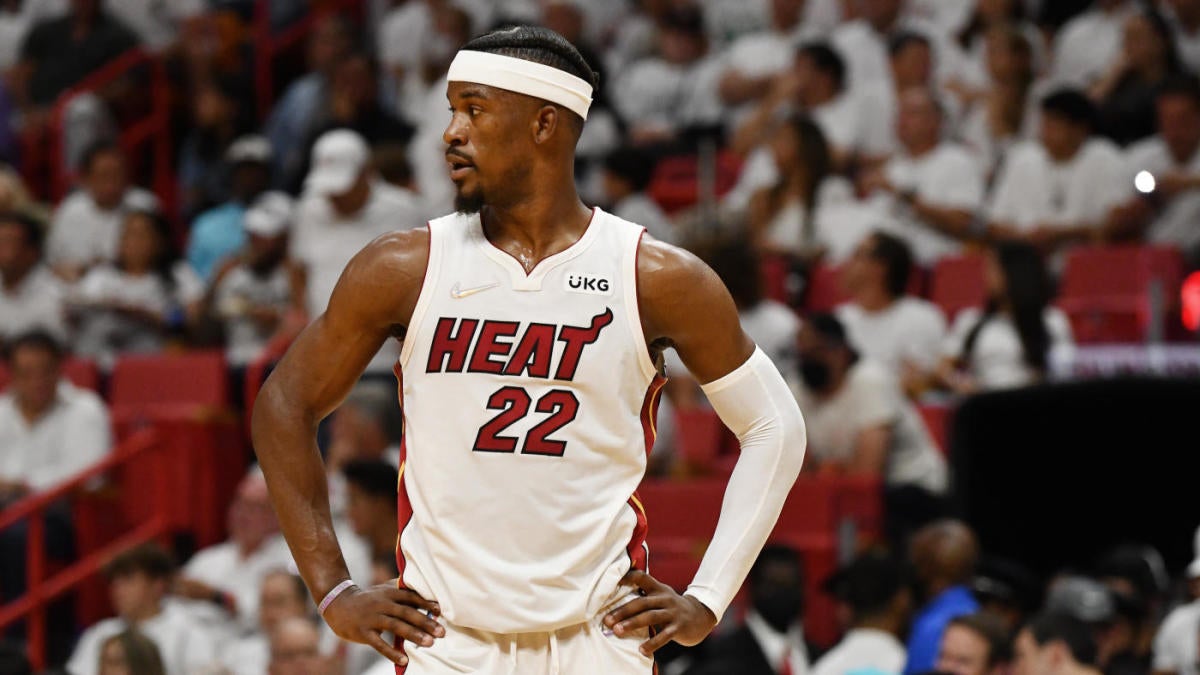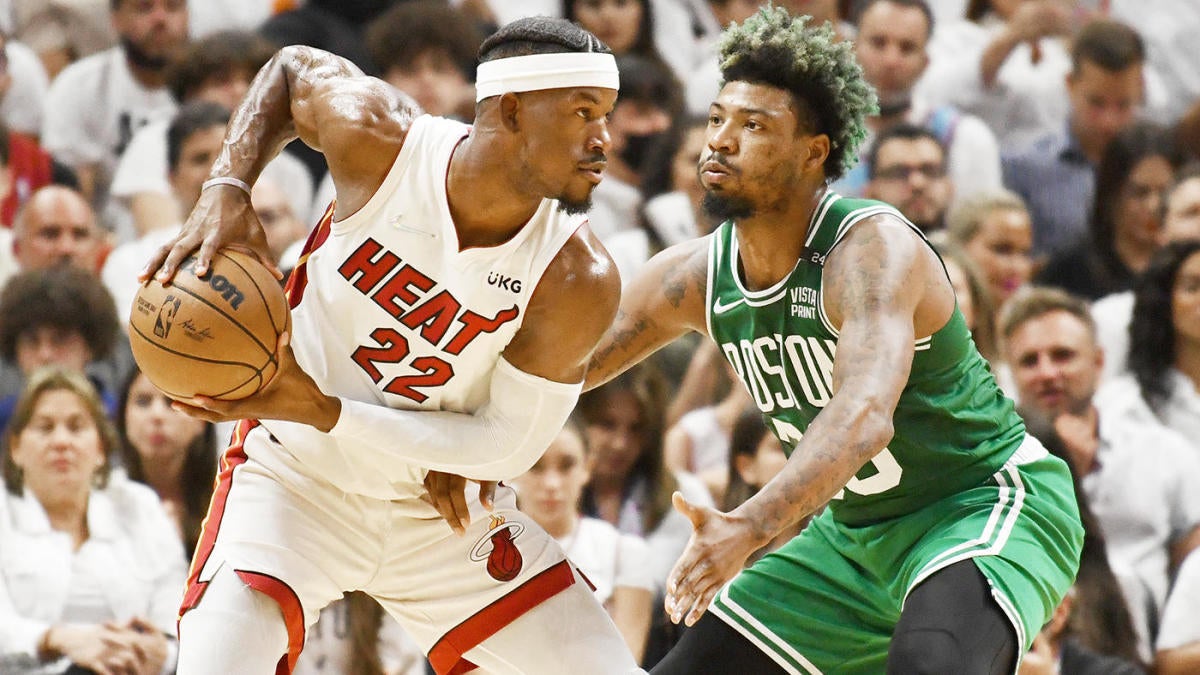Alcohol-free beer and cider sales are booming, but why do they cost so much?
Written by ABC Audio ALL RIGHTS RESERVED on May 21, 2022
Non-alcoholic beer has been a boon for small brewers during a tough year, according to industry data.
Brewing industry data software firm, Unleashed, conducted a study of 62 brewers in Australia and New Zealand found those offering a low- or non-alcohol beer or cider increased revenue by 14% last year, while businesses that did not, had revenue drop 4%.
Unleashed chief executive, Gareth Berry said the 18% difference in revenue was no accident because low- or non-alcohol beers became more popular, and more financially viable for brewers.
“This is by far the strongest growth sector of the market and consumer demand is about to take off.” Berry said.
READ MORE:
* Booze tax rise could net $73.4 million more tax, unless Government shows restraint in cost of living crisis – brewers say
* Brewers call for excise tax on keg beer to be halved to save bars
* Zero alcohol beer provides a tonic for brewers as alcoholic beer sales decline
Part of the financial success of the beer was that it was not subject to alcohol excise tax, which the industry widely expected to be increased in line with inflation on July 1.
If the excise tax rises alongside inflation at 6%, the tax on a 330 millilitre bottle of 5% strength beer would rise from 46 cents to 54c.
For 50 litre keg of American pale ale costing $346, the excise tax is $93.40, or 27% of its total value.
Supplied
Unleashed chief executive, Gareth Berry says low- and non-alcohol beers are the biggest growth segment in the brewery business, and consumer demand is about to take off.
But low and alcohol-free beers were not cheaper than the full alcohol version that were taxed.
This was because to make a palatable beer that had little or no alcohol costs much more thanbrewing a standard drink, Berry said.
The two primary forms of brewing for these beers are arrested fermentation, in which brewers stop the fermenting process before alcohol is created. And reverse osmosis, in which a batch has alcohol separated from the liquid in a large centrifuge.
“Both of these require a higher cost of time, equipment and research and development. When you factor in the cost, and the money you save by not paying the excise tax, it actually balances out to a similar price,” Berry said.
Zeffer Cider chief executive Josh Townsend said he has been “blown away” by the success of the non-alcoholic products in his business.
The brewery launched a 0% alcohol apple cider in 2020, as a supplement to its range of alcoholic ciders.
Supplied
Zeffer Cider chief executive Josh Townsend says his 0% alcohol apple cider has been a huge success for the business, but it is also the most expensive product to create.
Back then there was not much interest in a cider that contained no alcohol, but now the 0% cider was the business’s top-selling product by far, he said.
“It’s well over a quarter of our overall production and has just been a runaway success,” Townsend said.
But while immensely popular, the 0% cider was also the hardest and most expensive product to make, even when accounting for the lack of excise tax, he said.
Alcohol Health Watch director Dr Nicki Jackson said the rising success of non-alcoholic drinks reflected changing attitudes to alcohol among younger people.
“The research is clear that millennials are drinking less, and we are seeing that trend only continue to grow,” Jackson said.
But Jackson said Alcohol Healthwatch wanted excise tax on alcohol products to be increased even further than inflation, to contribute to dealing with the harm caused by alcohol.
“Alcohol related harm caused $7.85 billion dollars of damage last year,” she said.
The excise tax is targetted at the large multinational corporations responsible for over 80% of alcohol sales in New Zealand, she said.
The tax could go further in encouraging people to drink less, if the Government raised the tax on higher alcohol products, she said.







